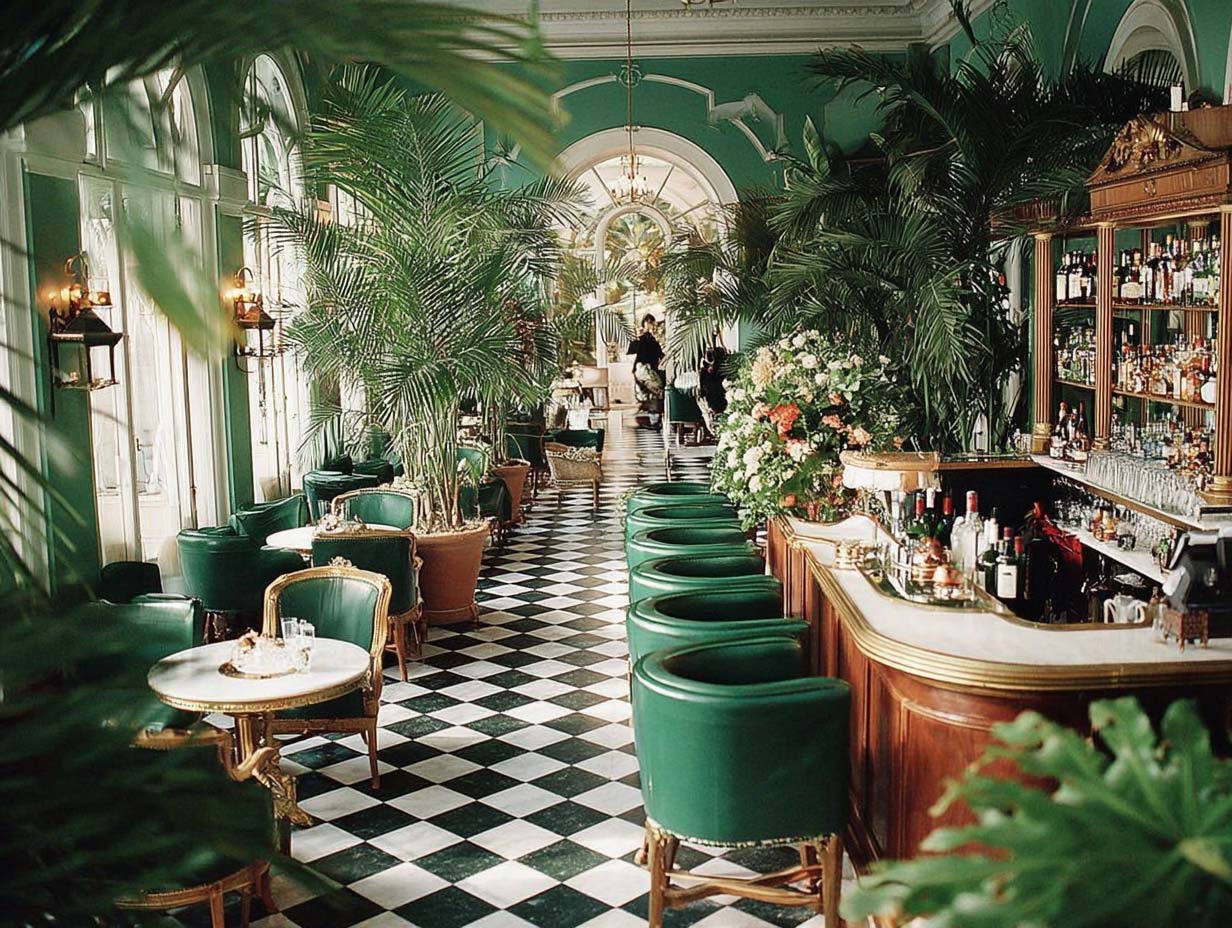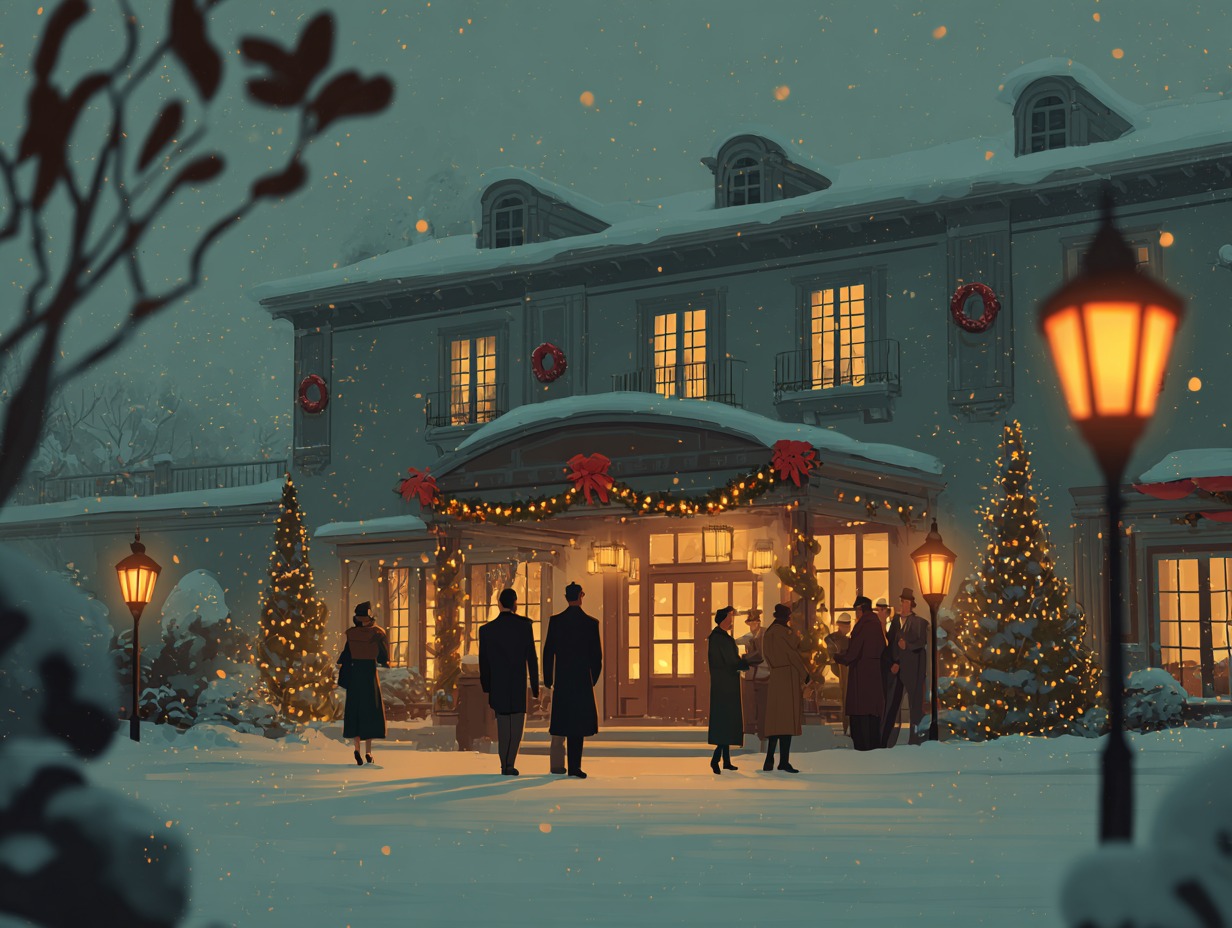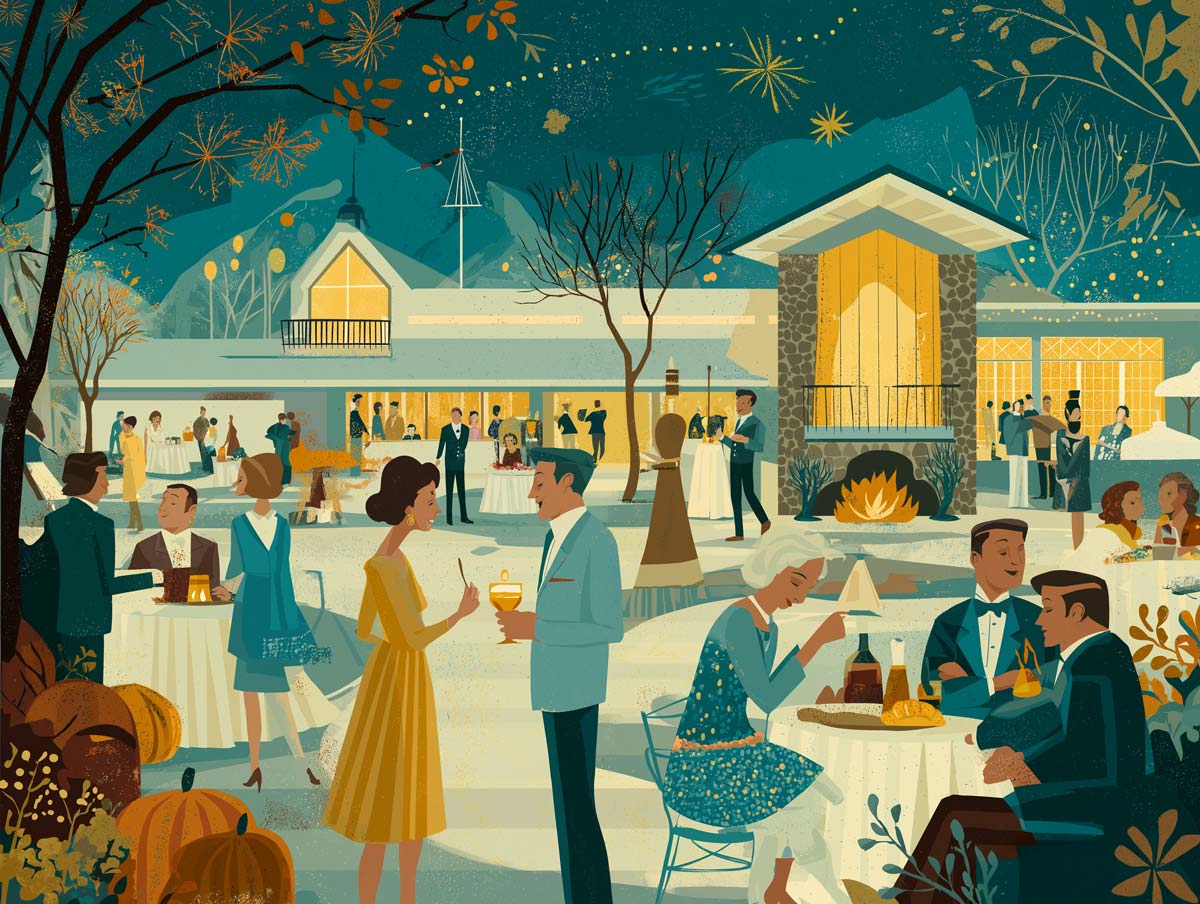For the members of Harvard’s super-elite “final clubs,” perhaps nothing produces a more immediate shiver of Not Our Kind of Thing than comparison to fraternities of the Greek system, with their herds of suburban business majors and their abundance of chapters popping up at every benighted State U and third-rate Catholic college. In a sense, fraternities are the very opposite of what a final club represents, which is, first and foremost, a sui generis association with the single greatest university in the history of the world.
Yet most of Harvard’s all-male final clubs began as Greek letter societies, adopting their unique characteristics only after the university banned fraternities in the 1850s. These clubs emerged as a response to the aspects of higher education that young men found feminizing: the enforced chastity, study, prayer and self-discipline. And they’ve been fulfilling their mission to vex college administrators and delight male students ever since.
Just as frat row presents a constant, low-grade headache — and an occasional five-alarm migraine — to presidents of lesser universities, so have the final clubs been a source of increasing irritation to the Harvard administration. A recent, radioactive report by the university’s Task Force on the Prevention of Sexual Assault revealed a familiar constellation of problems: The clubs dominate the social scene and are locations of binge drinking; their members throw parties with sexually offensive themes and compete with one another for sexual conquests. Most gravely, they were identified as sites of sexual assault.








